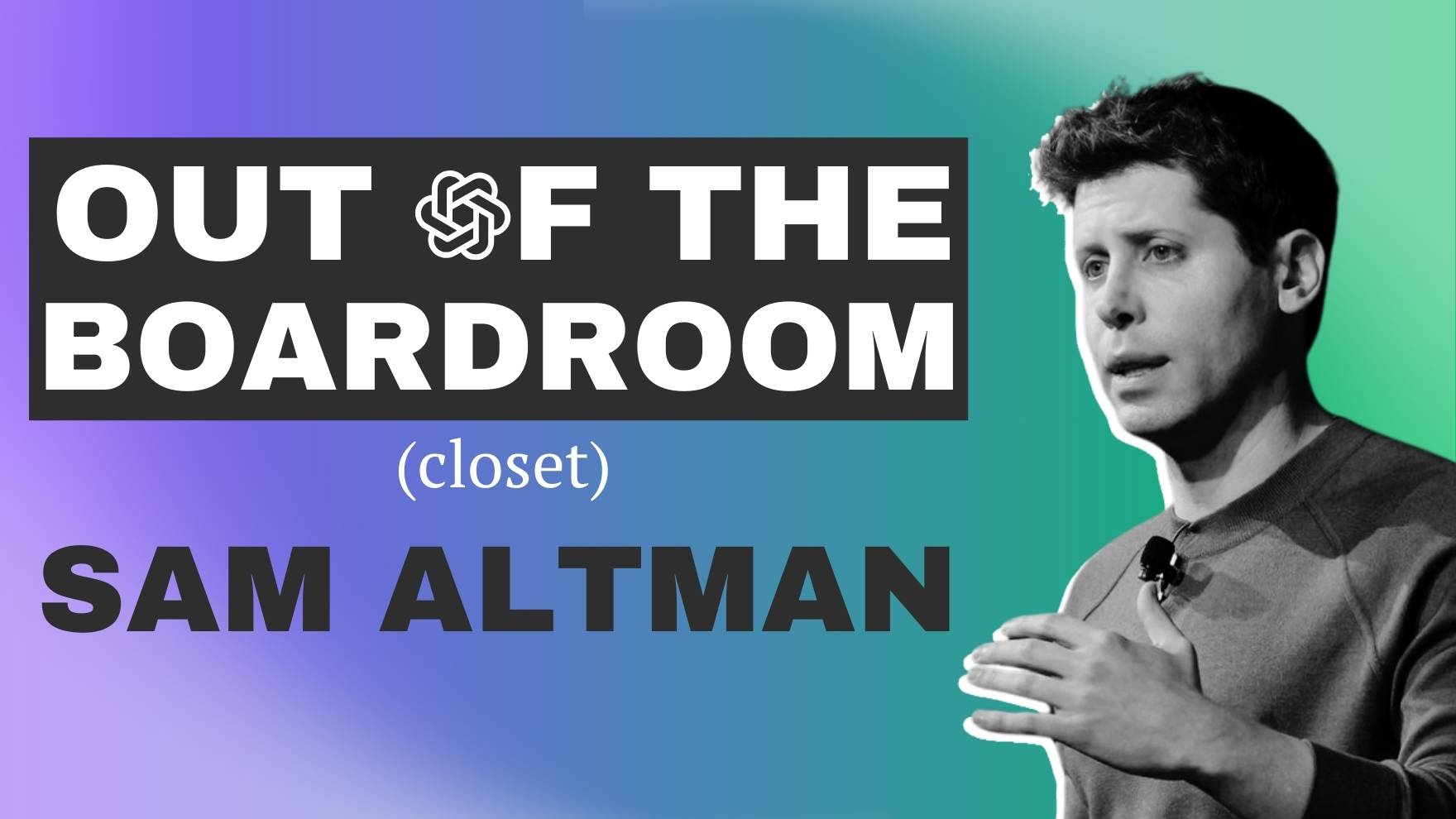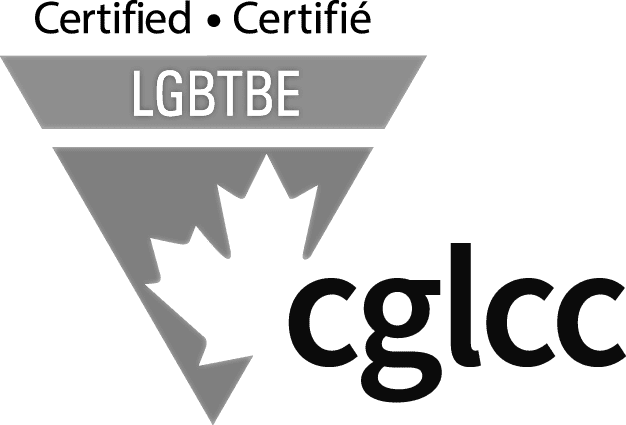Ethan Jong • Published May 30, 2024
Out of the Boardroom (Closet) – a series of blog posts dedicated to shining a spotlight on the brave, intelligent, and pioneering lives of LGBTQ+ entrepreneurs and their coming out stories.
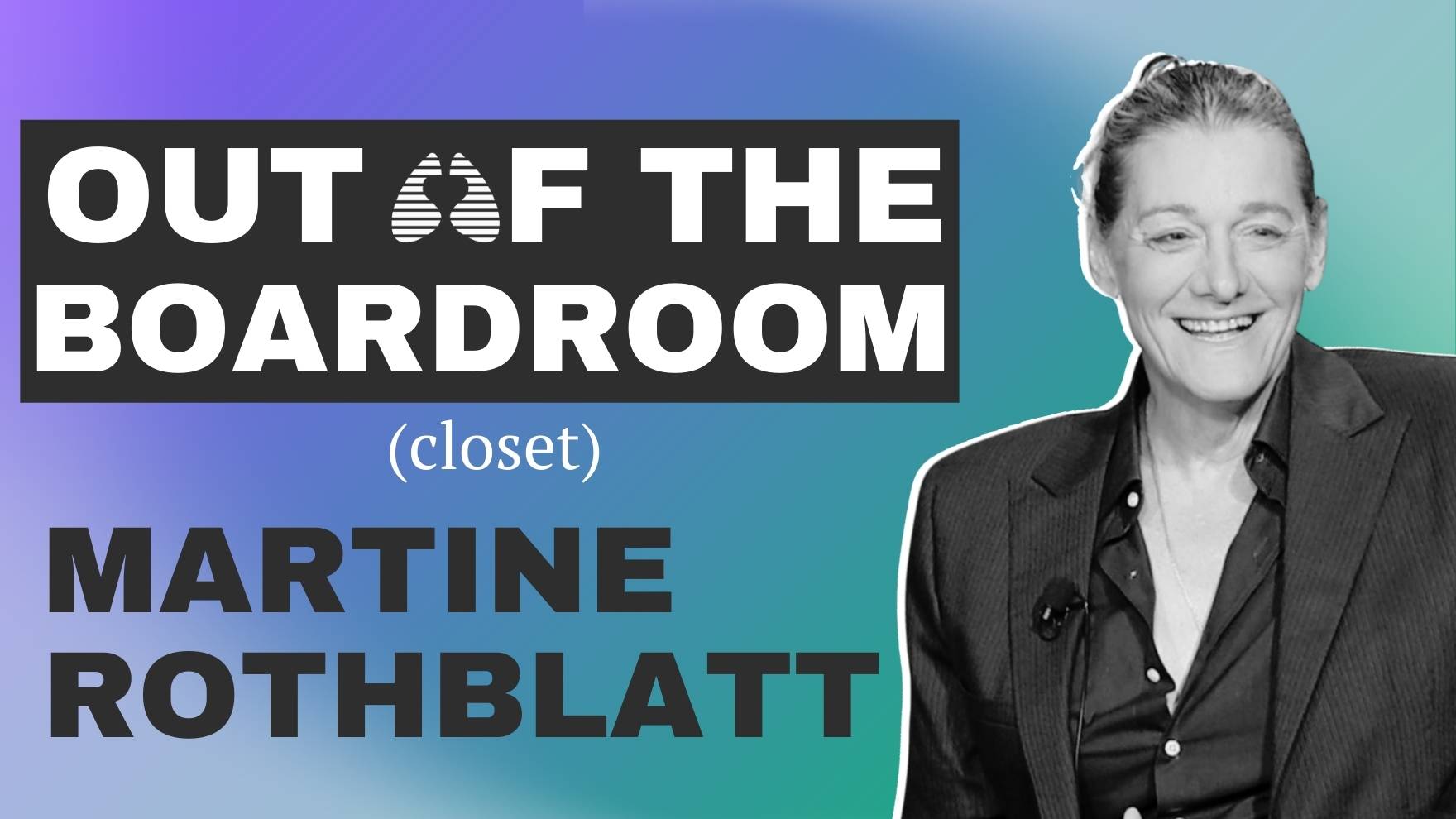
Martine Rothblatt - The Woman Creating the Future
Not often have I come across a person’s biography and been so amazed by the sheer amount of achievements. Martine Aliana Rothblatt has started many hugely successful companies and the stories behind each of these companies is astounding.
Martine Rothblatt launched SiriusXM which now boasts over 34 million paid subscribers (you may even be one of them).
After Martine’s daughter became ill with a rare disease, pulmonary hypertension, Martine founded United Therapeutics. The only goal: to develop a drug that would cure her daughter’s rare condition.
Both of these companies have now reached a combined market capitalization of nearly $24 billion and continue to grow.
Besides founding multi-billion dollar companies, Martine also holds the Guinness World Record for the farthest distance travelled (56.82 km) by an electric helicopter. And why? Because she is developing methods to harvest and transplant unused organs in an environmentally friendly way.
Before we dive into the many facets of Martine’s interesting life, we will dive into her early life and see how she came to be the amazing person she is today.
Gender Questions
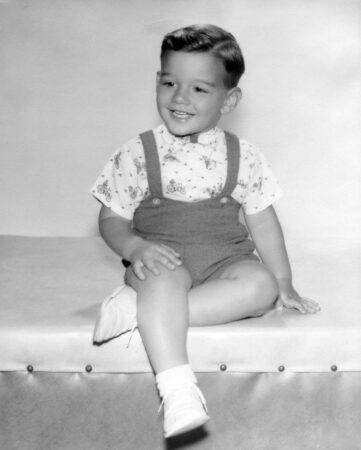
Growing up for Martine was not always easy. Martine was born Martin Rothblatt and was assigned male at birth. She found herself questioning her gender at a young age. She felt more in tune hanging out with girls, but was perplexed by her physical body being that of a boy.
At one point, she decided to grow her hair out past her shoulders. Her father disapproving, kicked her out of the house and told her never come back unless she cut her hair.
During this time, Martine began to develop a strong sense of perseverance and independence. She took up a job at a carpet store and performed so well that her father eventually caught wind of the great work that she was doing on her own.
Martine walked into her school’s principal office one day to be met by her father asking her to come back home. Her father stated that he was very proud of the work that Martine had done at the carpet store, and proud that she could sustain herself on her own at a young age.
After her father apologized, Martine went back home and the two had no more arguments over her hair again.
But Martine would not be sure of her gender until much later in her life, and so for years, she continued to question who she was.
A Well-Educated Woman
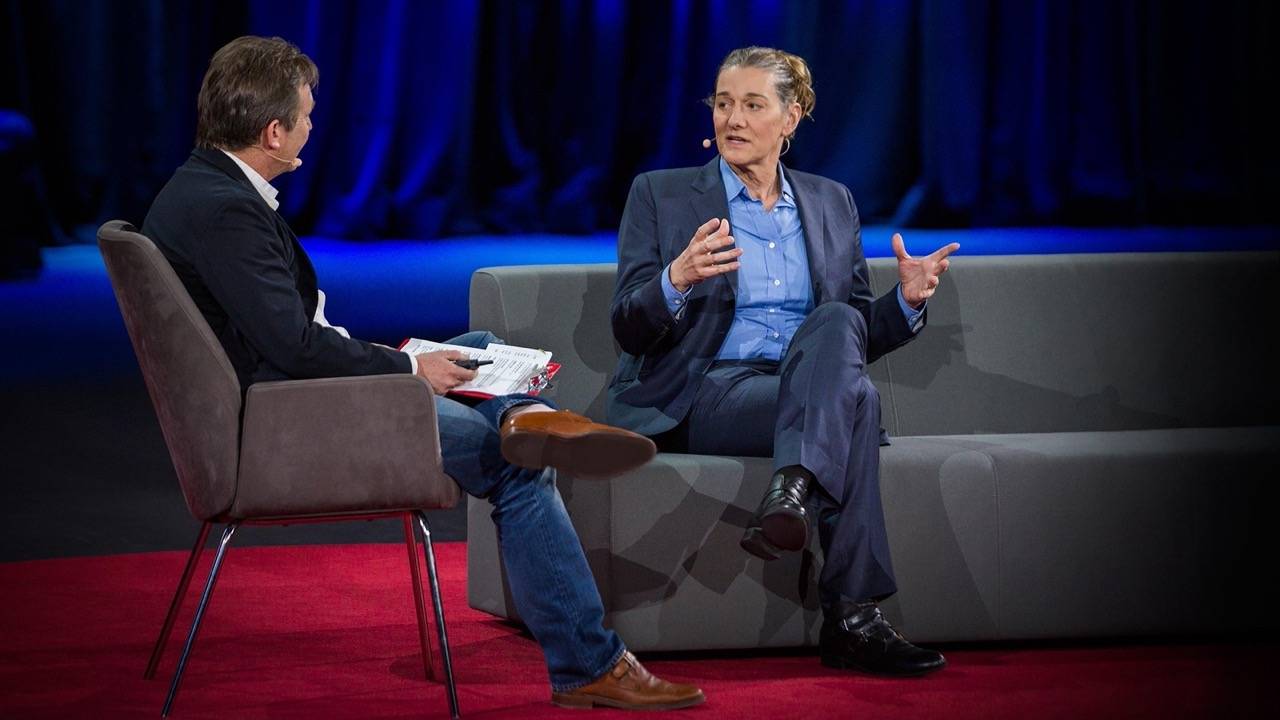
After her journey through high school ended, Martine found herself undertaking lofty education goals. Martine pursued her JD, MBA, and PhD from UCLA and the Royal London College of Medicine and Dentistry.
Martine had a unique gift that propelled her educational drive. She was able to consume knowledge at a rapid rate and make connections between different fields. Her thirst for knowledge drove her to travel the world.
Eureka! Exploring Our Planet Earth
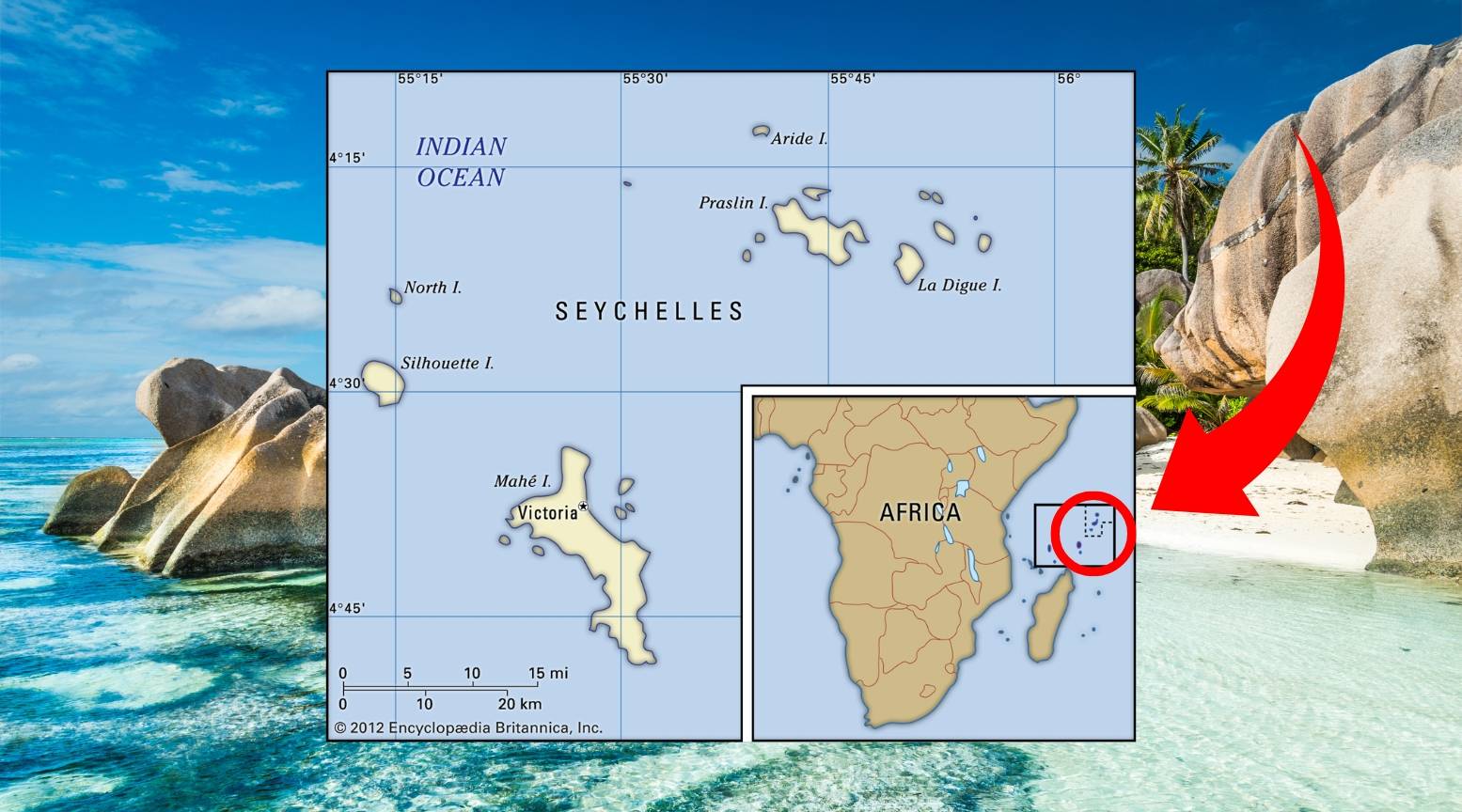
After just two years of studying at UCLA, Martine left college to travel the world. She embarked on a journey that would see her in Turkey, Iran, Kenya, and the Seychelles. While in the Seychelles, she came up with the idea to connect the world through satellite communications.
"My Radio Keeps Cutting Out"

Before we dive into how SiriusXM was founded, I would like to paint the picture of what life was like pre-SiriusXM radio.
Before SiriusXM, the only available radio was AM and FM. These AM and FM waves were limited in numerous ways and proved to be way less inferior to satellite radio.
AM and FM radios relied on the use of transmission towers. The moment you left the geographical limit of the transmission tower, you would lose all the radio stations associated with that tower.
If you used AM or FM radio frequencies:
- The number of channels you could access were limited
- You could only access certain channels in certain locations
- The frequency would sometimes get interfered with causing a disruption in the volume
- The signal strength would vary throughout the day
- The sound quality was lower
Imagine driving down an open road listening to Queen’s Bohemian Rhapsody when all of a sudden your radio signal cuts out because you have reached the geographic limitations of the channel you were on.
I am sure you would not be Ga Ga over Radio after that!
Connecting Humans to the Stars

Satellites had never been used for consumer radio prior to the creation of SiriusXM. Satellites were primarily used for transmitting TV signals, phone calls, and images.
But Martine realized that satellites could not only be used to transmit radio signals, but they were much more effective at doing so.
The geographic limit of a satellite could extend to an entire country whereas a transmission tower would be limited to some cities. The connection strength would also be much stronger due to the satellite being directly overhead with a clear path to the receiver. No trees or buildings would be in the way.
Martine now needed the FCC’s (Federal Communications Commission) approval and funding from another organization.
But when Martine told the FCC about her vision to connect satellites to radios, many laughed at her and told her that to do so would be impossible. If nobody would believe her, there would be no approval and funding to fuel her dream.
So Martine decided that, instead of telling people about her mission, she would show them.
the USA Today Gannett Building

Martine took to the books and ran all the calculations needed to prove that the satellite radio could indeed be done. But even with her flawless mathematic and engineering calculations proving that satellite radio was possible, people still did not believe in Martine’s dream.
So Martine applied her calculations to the real world.
Martine built an antenna on top of the USA Today Gannett Building – the tallest building in the Washington, DC area at the time. The antenna’s power was similar to that of a satellite. She then attached another antenna to a car.
She invited members of the FCC – some of the same people who doubted her – and drove them around in the antenna-attached car to show them that the radio worked.
Driving on roads surrounded by buildings and trees, the radio connection proved unbreakable and the FCC members were shocked! Martine quickly received approval for her satellite radio idea and off she went to seek funding.
"Who is Going to Pay for Radio?"
AM and FM radio was and is free. So when Martine took her newly FCC-approved idea to Wall Street, she was outright rejected.
Nobody on Wall Street believed that the improved functionalities of satellite over AM/FM would be a big enough driver for people to pay for radio. And so Martine was left with no funding and no clue what to do next.
SiriusXM Satellite Radio

Martine could have stopped here. She had been laughed at by the FCC and outright rejected by Wall Street. There seemed to be no more hope for her satellite radio dream.
But Martine did not give up there, and today, she has millions of subscribers to thank her for not giving up.
Over the next several years, Martine raised more than $2 billion to bring Sirius Satellite Radio to life.
Sirius Satellite Radio would eventually merge with XM Satellite Radio to form SiriusXM Satellite Radio.
Living Her Best Life, But...
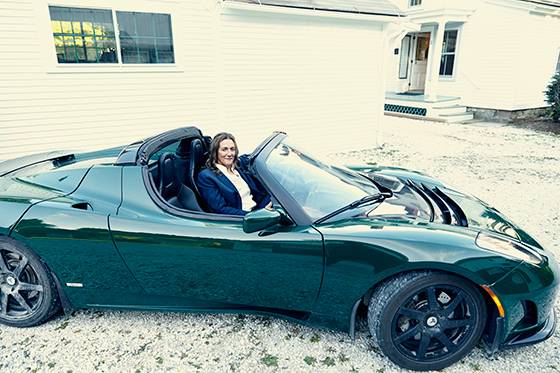
With the success of SiriusXM, Martine was rolling in millions of dollars. Life had never been better for Martine.
At this point in time, Martine still identified as a male. Martine had also married Bina Rothblatt and the couple had four children together.
She had a beautiful family, had married the love of her life, and had successfully launched a billion-dollar company. But Martine did not feel that she was being authentic to herself. This was when she realized that she did not fit in her body.
After some soul searching, Martine realized that she was a female trapped in a male body, and she ready to live as her authentic self. But how would her wife and children react to her decision to transition?
Martin Rothblatt's transition

Martine confided in her wife Bina and four children and explained how she felt, that she did not belong in her body and wanted to change. That she wanted to change how her body looked to better match how she felt inside.
Martine explained that she would only go through with the transition if everyone in the family was on board.
Bina replied stating that she fell in love with who Martine was, not what. And for that, Bina was more than supporting of Martine’s decision to transition genders. As for the kids, Martine could not have asked for more accepting children.
At age 40, with the full support of her family, Martin Rothblatt transitioned and publicly became Martine Rothblatt. The days of Martin were in past and Martine finally felt that she was living life the way she was meant to.
Pulmonary Arterial Hypertension (PAH)
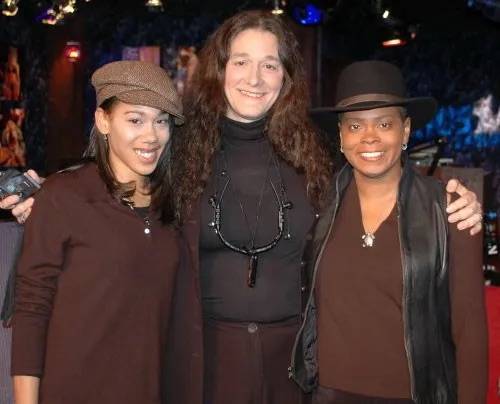
Martine had been busy with schooling and work for most of her life. As she aged and now with a family, she felt she needed to find a better work-life balance.
Work is important, but so is taking time off work for yourself and for your family. And that is why Martine and her family decided to start taking family ski trips to have a great bonding experience.
But on these ski trips, daughter Jenesis started to fall out of breath to the point where she had to be hospitalized and put on oxygen. The reason? A rare disease known as Pulmonary Arterial Hypertension (PAH). Pulmonary hypertension is so rare that only about 5 in 1,000,000 people are ever diagnosed with the disease.
In speaking with Jenesis’s doctor, Bina and Martine learned that there was no effective treatment or cure for PAH. To make matters worse, all PAH patients had passed within five years of being diagnosed.
Torn by the news that had just hit them, Bina and Martine Rothblatt fell into a deep sorrow. During this time of sadness, Martine Rothblatt grappled with reality and began to wonder if she could somehow save her daughter’s life.
Performing the Impossible
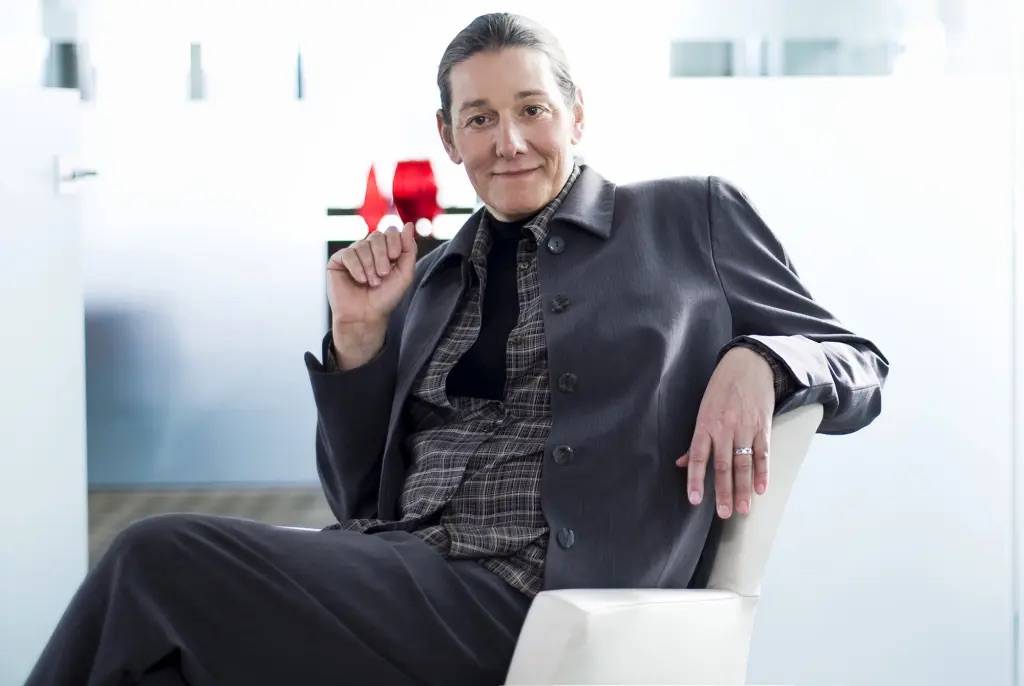
Martine Rothblatt never took no for an answer.
The FCC had laughed in her face, Wall Street had turned her down, and now, she was not going to let PAH take her daughter’s life.
So Martine Rothblatt decided that she was going to find a cure or treatment herself. But she needed a cure fast because Jenesis’s life expectancy was 3-5 years.
She dished out $1,000,000 across five doctors to research a PAH cure and then set out a progress schedule that the doctors would be required to stick to.
Most of the doctors were not easy to work with. Many of the doctors fell off the schedule. And by the time the $1,000,000 was all used up, Martine Rothblatt was left with no cure or treatment for her daughter, and five years of work down the drain.
That Jenesis was still alive after five years after diagnosis was great. But Martine Rothblatt knew that time was ticking and she could not rest on luck alone.
Thankfully, one of the five doctors advised Martine Rothblatt that her research methods would not work. Instead, she should start her own biotechnology company to find a cure to PAH.
Martine Rothblatt pondered the idea of starting her own biotechnology company. She knew she had the entrepreneurial skillset to do so, and she had readily available funds from SiriusXM for startup capital. But what did she know about biotechnology?
Studying biology
Martine Rothblatt had not taken a biology class since the age of 16. She was over 35 by the time her daughter was diagnosed and her undergraduate degree was in communication studies.
But Martine Rothblatt’s love for Jenesis extended beyond the realms of what was thought to be possible. Martine knew that she had to save her daughter, that was Martine’s only choice.
And so she spent the next year consuming an immense amount of biology knowledge. Spending days and nights at the hospital’s library reading biology textbooks, papers, and studies, teaching her daughter biology lessons as a form of retaining information.
A Possible Cure
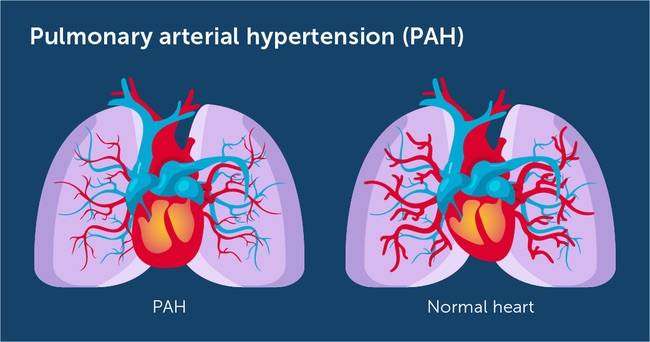
PAH occurs when the arteries in the lung area experience high blood pressure. The blood inside the arteries pushes against the artery walls causing damage to the walls and nearby organs, and strains the heart. When blood pressure is too high for too long, the blood flow to the lungs becomes too restricted for normal functions like breathing to occur. With PAH, the arteries become constricted which slows the flow of blood as shown in the image above.
One day, as Martine Rothblatt was investigating library books, she stumbled upon an obscure publication about a drug that could reduce the blood pressure between the heart and the lungs. The drug was designed for heart failure, but according to the publication proved to be of no use for treating heart failure.
But to Martine’s knowledge, this drug could be perfect for treating PAH. If this drug could reduce the blood pressure between the heart and the lungs, then the drug could help relieve hypertension in the lung area. She would just need to find a way to customize the drug to only target the lung area.
With the discovery of this drug, Martine’s next step was to seize the drug, assemble her company, and immediately begin research. But there was only one issue, the owner of the drug – GSK plc – did not want to hand the drug over to Martine Rothblatt due to her lack of formal biology education. To make matters worse, Jenesis had been alive for five years since the diagnosis – the upper end of the disease’s life expectancy.
GSK plc
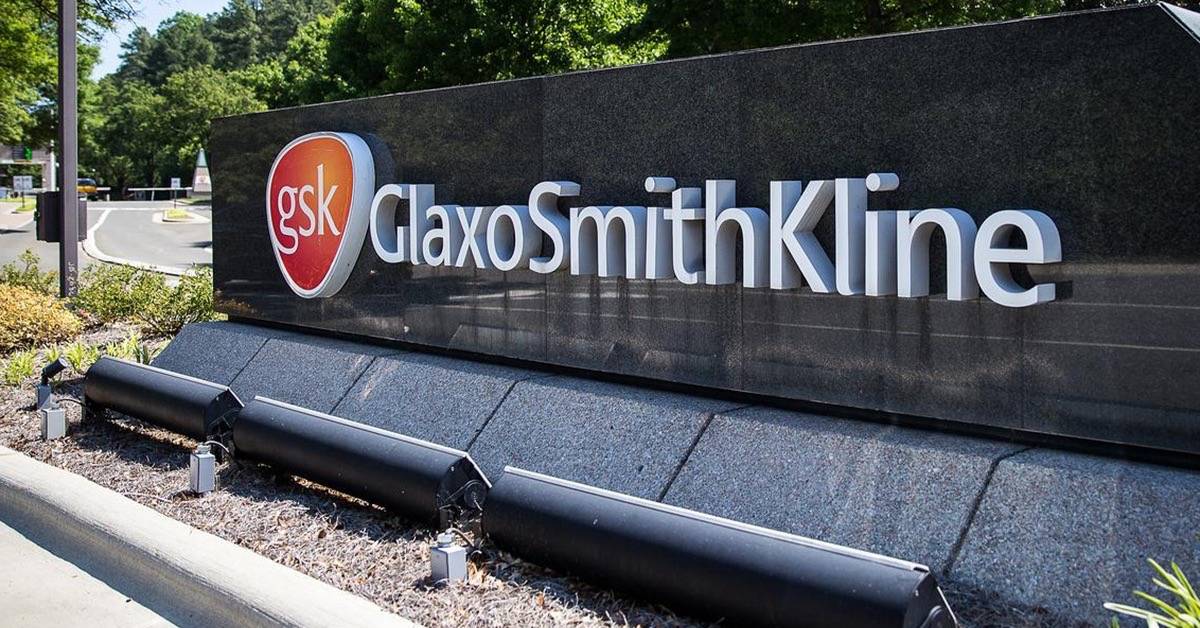
GSK plc, a British multinational biotechnology firm, had no trust or belief in Martine Rothblatt with the handling of the drug. There were too many “what ifs” for GSK plc.
What if Martine Rothblatt doesn’t know what she is doing and harms many people with this drug? What if Martine Rothblatt mishandles the drug and poisons people? What if…
Being the lawyer she is, Martine Rothblatt knew there was a workaround to getting her hands on the drug. She just needed the right people. So she contacted legal experts and medical professionals to side with her in getting the drug.
After multiple discussions back and forth, and with legal and medical experts now on her side, Martine Rothblatt was able to convince GSK plc to hand the drug over. But with terms of conditions, of course.
Martine Rothblatt would receive the drug after paying $25,000 and agreeing to provide 10% royalties on all of the drug profits in perpetuity.
As soon as Martine Rothblatt got her hands on the drug that would save her daughter’s life, she ran as fast as she could, never looking back.
United Therapeutics Corporation

By 1996, Martine Rothblatt created United Therapeutics Corp. and assumed the role of chief executive officer.
United Therapeutics Corporation’s only mission at the time was to find a cure or treatment for PAH. And with that, they began breaking ground as soon as possible.
Every day of research brought United Therapeutics Corporation closer to a possible cure.
You may have heard stories of a mother’s strength to lift a car off their buried child. Martine’s strength was no different.
As days went by in the lab, breakthrough after breakthrough started occurring. In the hospital, Jenesis was miraculously surpassing doctor’s expectations, as if her mother’s immense will for her to live was a life preserver for her.
But soon enough, Martine Rothblatt and her team of dedicated scientists would find an effective treatment to save Jenesis. But Jenesis was not the only person with PAH, more than 2,000 patients in the U.S. were dealing with PAH being told that they would have just 3-5 years left to live. United Therapeutics Corporation understood that many lives were at stake here, and they had the potential to save them all.
Becoming the Highest Paid Female CEO
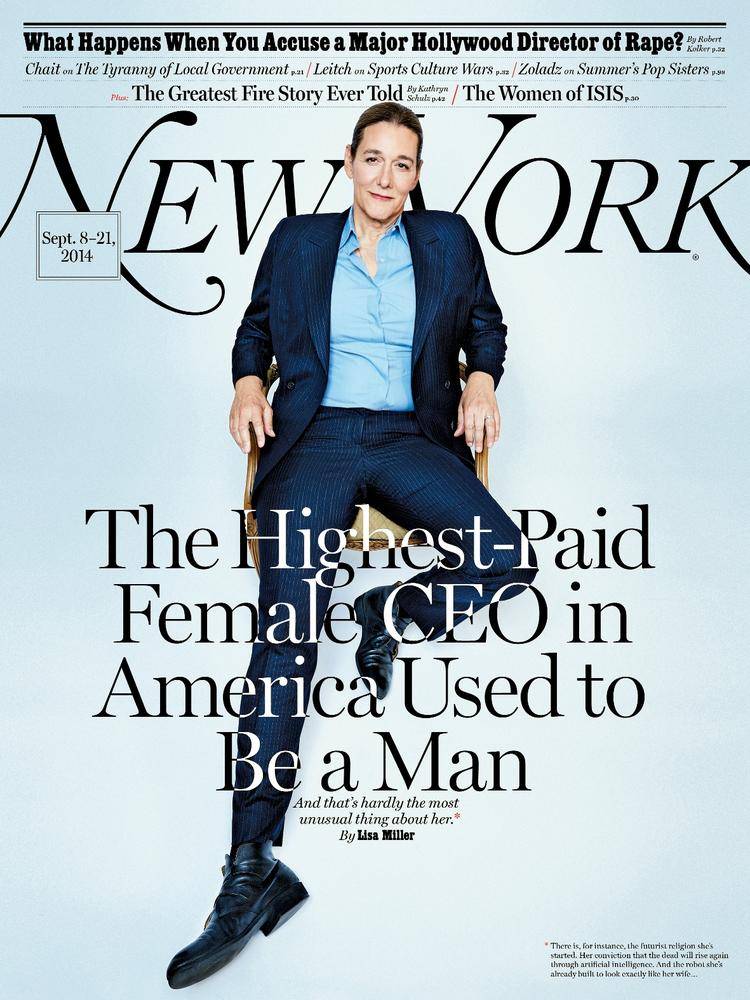
Just three years after United Therapeutics broke ground, they had developed an effective treatment for PAH. Martine Rothblatt was relieved to know that her daughter's condition could be managed effectively.
Martine administered the newly developed drug to Jenesis when she was just 16 years of age. As of 2024, Jenesis is now 41 years of age. Jenesis has gotten to experience an extra quarter of a century thanks to United Therapeutics's work. And during that time, Jenesis has dedicated her life to working at United Therapeutics to continue the search for cures and treatments for rare diseases.
When Jenesis was diagnosed with PAH, about 2,000 other Americans faced the same fate. That number had more or less remained stagnant because the PAH patients would pass away after every 3-5 years. Today, more than 40,000 Americans are living with PAH thanks to the work of United Therapeutics.
The drug alone rakes in more than 1.5 billion USD for United Therapeutics and in 2013, Martine Rothblatt became the highest-paid female CEO with an annual total compensation of nearly $38 million.
Martine’s great work efforts with United Therapeutics earned her a spot on the cover of New York Magazine – which has a total circulation of over 400,000 – with a story written by Lisa Miller.
Lung Transplants in the USA
The drug that United Therapeutics developed was a treatment that helped manage the symptoms of PAH and keep PAH patients alive, but it was not a cure. In fact, the only cure for PAH patients was a lung transplant. But only about 2,500 lungs become available every year for transplantation making this form of cure highly inaccessible for most.
Every year, more than 3.46 million Americans die. Of those, nearly half 350,000 pass away due to some form of end-stage lung disease making the lungs unusable for human transplant. Of the remaining healthy lungs, only about half of them have consent to be harvested for human transplant.
That leaves about 1.5 million lungs for human transplant every year in the U.S. alone. But recall that only 2,000 lungs become available every year. So what happens to the other lungs that could be used to save people’s lives?
When a person passes away, the lungs begin to fill with toxic chemicals which make the lungs unusable. More than 80% of lungs are discarded for this reason. For a lung to be deemed eligible for a lung transplant, several conditions must be met with near perfection.
The Sirius XM satellite radio founder understood the situation of unused lungs in the U.S. and realized that she had the opportunity to save many of those unused lungs. So Martine Rothblatt, with the help of United Therapeutics, embarked on a mission to create an infinite supply of lungs.
Can We Transplant Pig Organs to Humans?
Martine Rothblatt is a visionary. She believes that today’s problems cannot be solved using the same level of thinking that created those problems in the first place. Martine Rothblatt believes in thinking outside of the box and shooting for the stars whenever possible – which is almost always.
To deal with the lung shortage in America, Martine Rothblatt decided to take a three-pronged approach. In her first approach, she helped to perfect a procedure that would allow lungs to better exist outside of the human body for doctors to examine and potentially transplant. The procedure is known as ex vivo lung perfusion, and has already saved the lives of thousands of people.
Martine’s second approach uses a more out-of-the-box idea. Martine Rothblatt had studied pigs before and realized that the pig genome is quite similar to that of the human genome. If she could find a way to successfully transplant a pig’s organ to a human body, she could create a near endless supply of transplantable organs.
With this idea, Martine ran into a lot of trouble. Diseases could be transmitted from pig to human and animal cruelty activists were providing resistance to Martine’s vision. But by now, we know that Martine Rothblatt does not take no for an answer.
With the help of other scientists and organizations, Martine created the most complete genetic map of a pig to date and is now using this map to identify and eradicate pig diseases. The result would be a “clean pig” that could be used to produce transplantable organs for humans.
However, the issue of animal cruelty still exists, and Martine is now searching for alternative methods to produce transplantable organs. Using collagen and stem cells, Martine is looking to 3D print living lungs that can be transplanted into humans. Did you ever think that one day we could be living with a pig lung or 3D-printed lung in our body?
By advancing organ transplant technology, Martine Rothblatt believes that by 2028, organ failure will cease being an inevitable cause of death, but rather, a manageable one.
United Therapeutics & Revivicor - Successful Xenotransplantation
In 2011, United Therapeutics acquired Revivicor – a biotechnology company with a focus on transplanting organs from one species to another, also known as xenotransplantation.
Together in 2021, United Therapeutics and Revivicor successfully performed a kidney xenotransplantation at NYU Langone Health between a pig and a brain-dead human on life support.
Prior to this operation, most of the xenotransplantations had been largely unsuccessful. This xenotransplantation was a momentous event that showed United Therapeutics taking large leaps in the mission to create an infinite supply of organs.
SiriusXM Founder, Martine Rothblatt, Returns to the Air
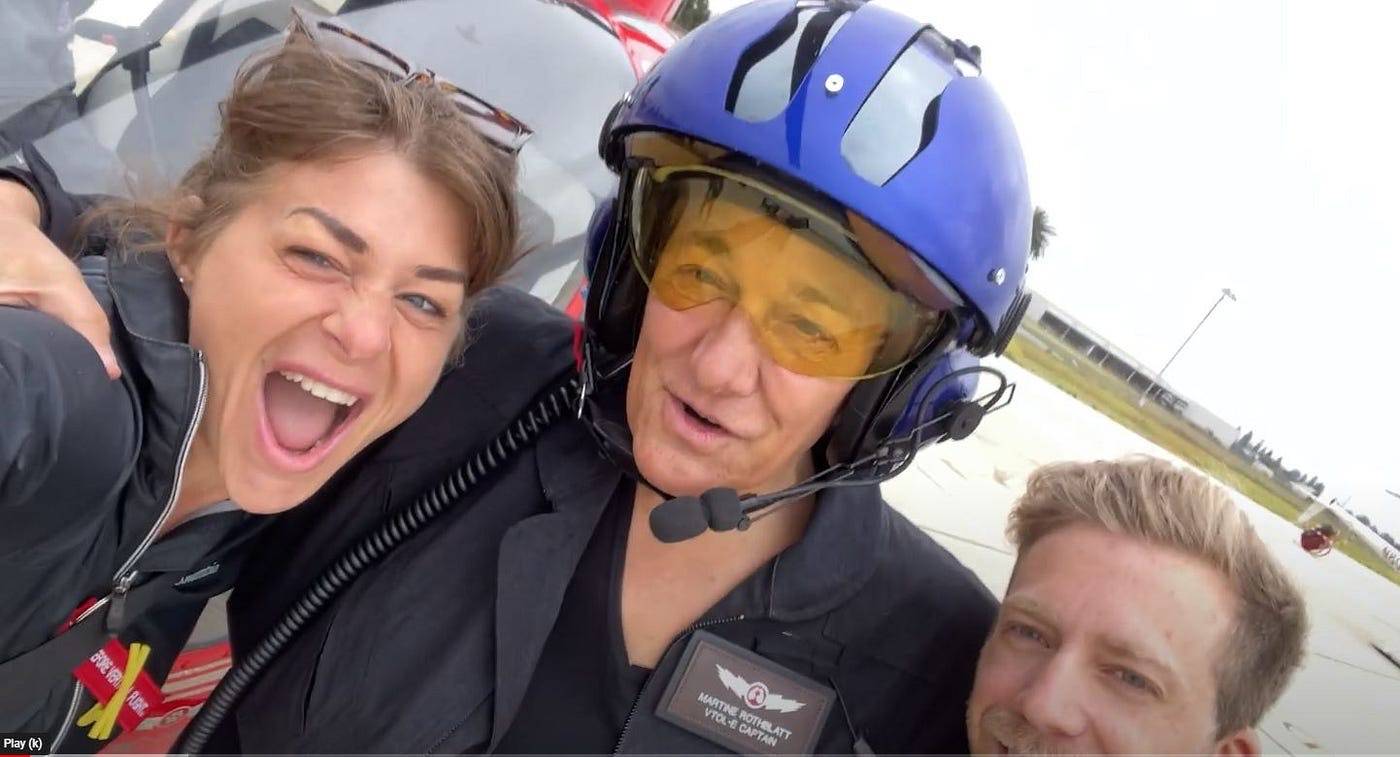
Where most would be more than happy to stop and ease their way into retirement, this ambitious chief executive officer still wanted to achieve more.
At the age of 60, the XM radio star became an airplane and helicopter pilot. Generally, pilots receive their flying license in their mid to late 20s, but Martine Rothblatt had a different agenda.
Martine wants to use electric flight to carry transplantable organs from the harvesting grounds to the hospitals. This is already being done with traditional helicopters, but Martine Rothblatt wants to have a zero carbon footprint by going electric in order to save the Earth from climate change.
In the near future, our air will be bustling with electric helicopters carrying a load of transplantable organs ready to perform a set of lung transplants. And on one of those electric helicopters, you may just find Martine Rothblatt.
Guinness World Records Welcomes Martine Rothblatt
In an attempt to test and demonstrate the advancements made in electric helicopter flight, Martine Rothblatt and pilot Ric Webb took to the air to claim what would be the farthest distance travelled by an electric helicopter (56.82 km).
Martine hopes to receive federal approval for battery-powered helicopters for the purpose of moving transplantable organs and accident victims to hospitals. But while she is sorting through all of the business and regulatory matters, Martine Rothblatt has been developing a humanoid robot that seems just a bit too human-like.
Introducing Bina48
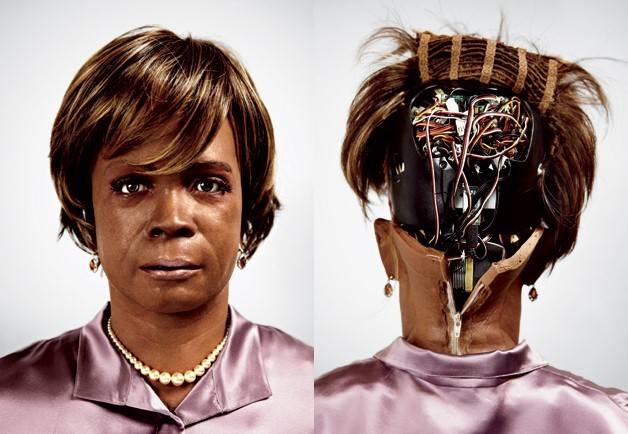
Bina48 is considered to be the world’s most sentient robot. Modelled after Martine’s wife, Bina Rothblatt, Bina48 is a humanoid robot that is comprised of just the shoulders and above body parts.
After Bina Rothblatt gave consent to Hanson Robotics to model a humanoid robot after her, Bina48 was launched in 2010 with the aid of Martine Rothblatt. Bina48 is based on 100-hours worth of Bina Rothblatt’s attitudes, commentaries, mannerisms, beliefs, and memories.
Bina48 is still being improved upon to this day, and with the advancements in artificial intelligence in recent years, Bina48 is expected to get a whole lot smarter…and more human-like.
In 2017, Bina48 enrolled in a philosophy course with Notre Dame de Namur University in California and became the first robot to complete a college-level class.
With the success of Bina48, Martine Rothblatt has been making a huge push for the integration of robotics and AI with human consciousness. To illustrate her stance on robots and humans, Martine Rothblatt published a book named Virtually Human.
In Virtually Human, Martine explores what the not-too-far future will look like when humans learn to integrate with AI and robots. She writes about the concept of digital immortality, whereby humans can live forever through the means of having their consciousness uploaded into a digital format. The ethical, philosophical, and legal issues of integrating humans and robots are also discussed in Virtually Human.
Martine Rothblatt's Many Achievements
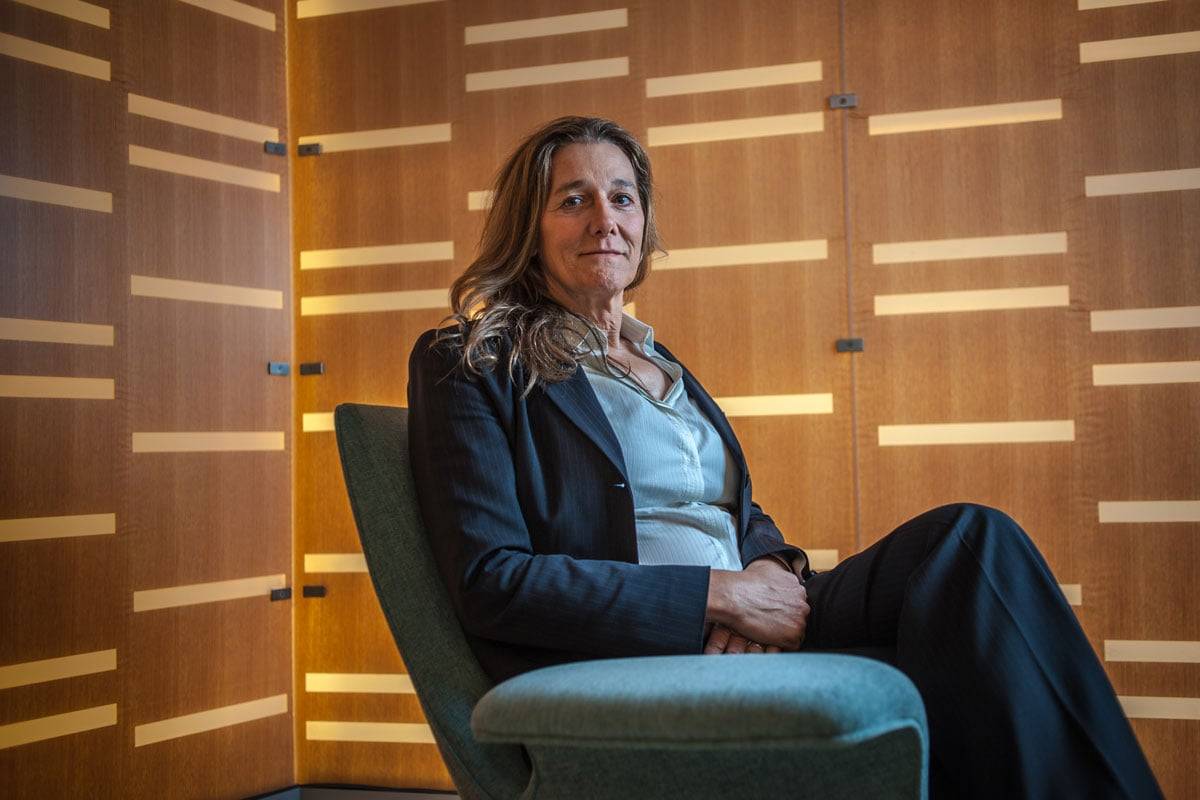
Today, at 69 years of age, Martine Rothblatt is continuing to be a trailblazer and inspiration for all to see. For Martine, there is no reason to stop the work she is doing. Until her legs give out and her body withers she will continue to make advancements for the technological frontier.
In writing about the amazing life of Martine Rothblatt, there were still many achievements that I did not mention for brevity purposes. Nonetheless, these achievements should be mentioned in passing as they hold much significance in making the world a better place and showcasing that LGBTQ+ folks have and will continue to perform outstanding work.
- 1981 – Practiced law with the law firm Covington & Burling representing the television broadcasting industry before the Federal Communications Commission (FCC).
- 1982 – Hired by NASA to seek approval from the FCC for a system used on NASA’s tracking and data relay satellites. These satellites provide communication service to several NASA spacecrafts.
- 1986 – Became the chief executive officer of GeoStar. The GeoStar Satellite System has helped with the advancement of GPS aircraft tracking services.
- 1990 – Helped to launch WorldSpace, the first global satellite radio network.
- 1994 – Started the PPH Cure Foundation in response to Jenesis’s diagnosis.
- 1997 – Helped to pioneer airship internet services with the Sky Station Project with the help of Alexandar Haig.
- 2013 – United Therapeutics Corporation became the first public benefit corporation that is a publicly traded pharmaceutical company. This type of corporate structure ensures that the public benefits wholeheartedly from all of United Therapeutics’s business goals and practices and leaves no room for illegal actions.
- 2018 – Martine inaugurated the world’s largest net zero office building in Silver Spring, Maryland. The office building was titled the Unisphere.
- 2019 – Was named by Business Insider as one of the world’s most powerful LGBTQ+ people in the technology space.
Where Do We Go From Here?
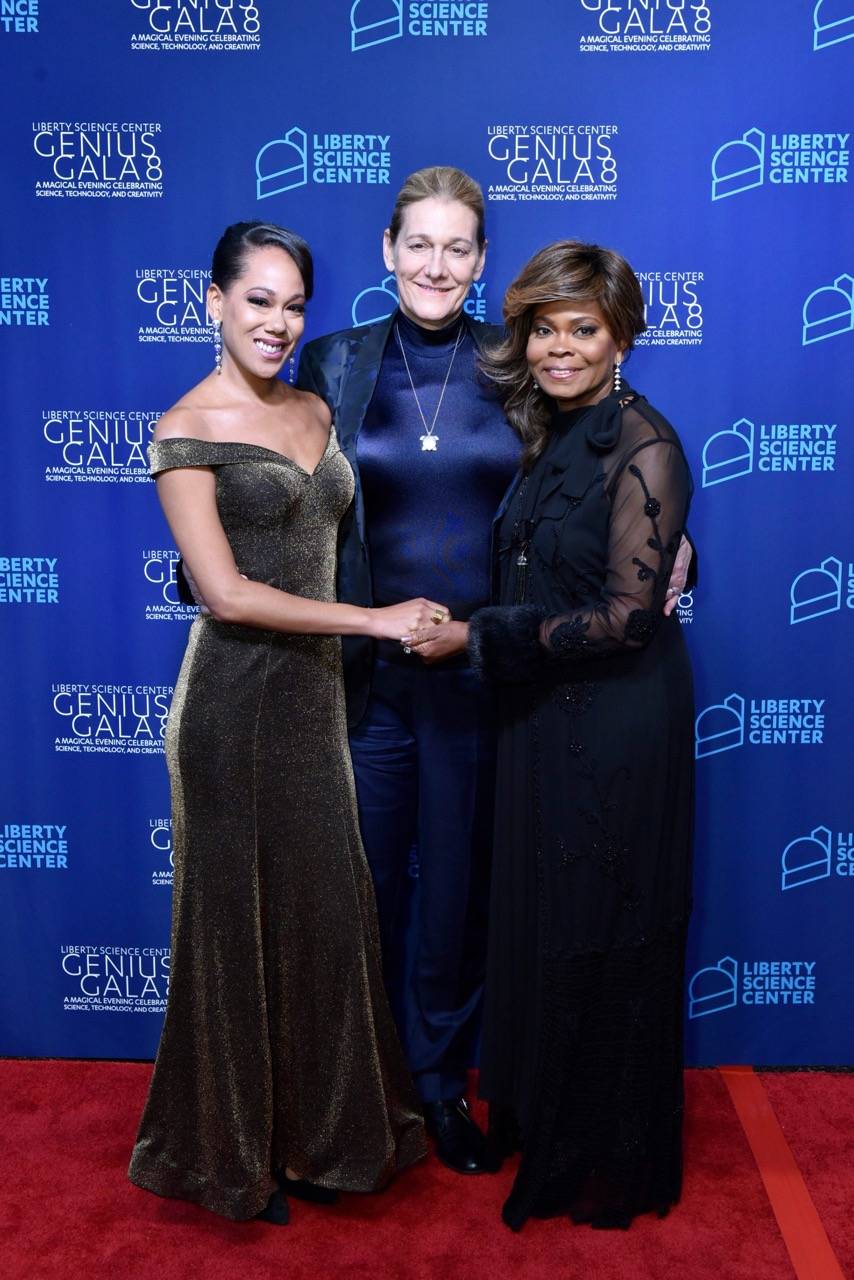
What is Martine Aliana Rothblatt doing at this moment in time, who knows? But what we do know, is that she is likely either spending time with her beautiful family, chasing another Guinness World Record, starting another billion-dollar company, finding another treatment for a rare disease, creating the next level of humanoid robots, or discovering a way to upload human consciousness in a digital format, or…
The creator of the largest audio entertainment company will continue to inspire us all both with her personal life and her business life. But whether this multi-time chief executive officer wows us next with a retirement or a new technological innovation, we will surely be proud of her decision, especially given all that she has done for humanity.
What Martine teaches us through her personal life and career is that if we have a dream that we really want to accomplish, we shouldn’t take no for an answer. Instead, you must fight with every last breath to realize your dream, because nobody else is going to do the fighting for you.
Martine is a dreamer who understands that dreams are not restricted to the imagination. With the proper work ethic and drive, you can accomplish any dream that you may have. In your imagination, you get to choose who you want to be and the life you want to live. You will be successful if you set your mind and goals towards being successful.
So when you pitch your next startup, enter your next interview, or dream your next dream, do not let anybody’s “no’s” dictate your destiny; for a ‘no’ is just a ‘yes’ to a different question.
FAQs
To earn her PhD in medical ethics, Martine did her dissertation on the dispute between private and public interests with regard to xenotransplantation. Her work was later published by Ashgate House under the title Your Life or Mine.
Stern was popular before SiriusXM working as a radio personality, but became even more popular as a radio personality when he signed with SiriusXM. Stern’s show today has an estimated audience of 10 million people.
In January 2018, Martine received the UCLA medal for her work with transplantable organs, her creation of Sirius XM, and for having “expanded the way we understand fundamental concepts ranging from communication to gender to the nature of consciousness and mortality.”
Other openly LGBTQ+ CEOs include Tim Cook of Apple Inc, Sam Altman of OpenAI, Jim Fitterling of Dow Chemical, Bobbie Racette of Virtual Gurus, and Beth Ford of Land O’Lakes, Inc.

